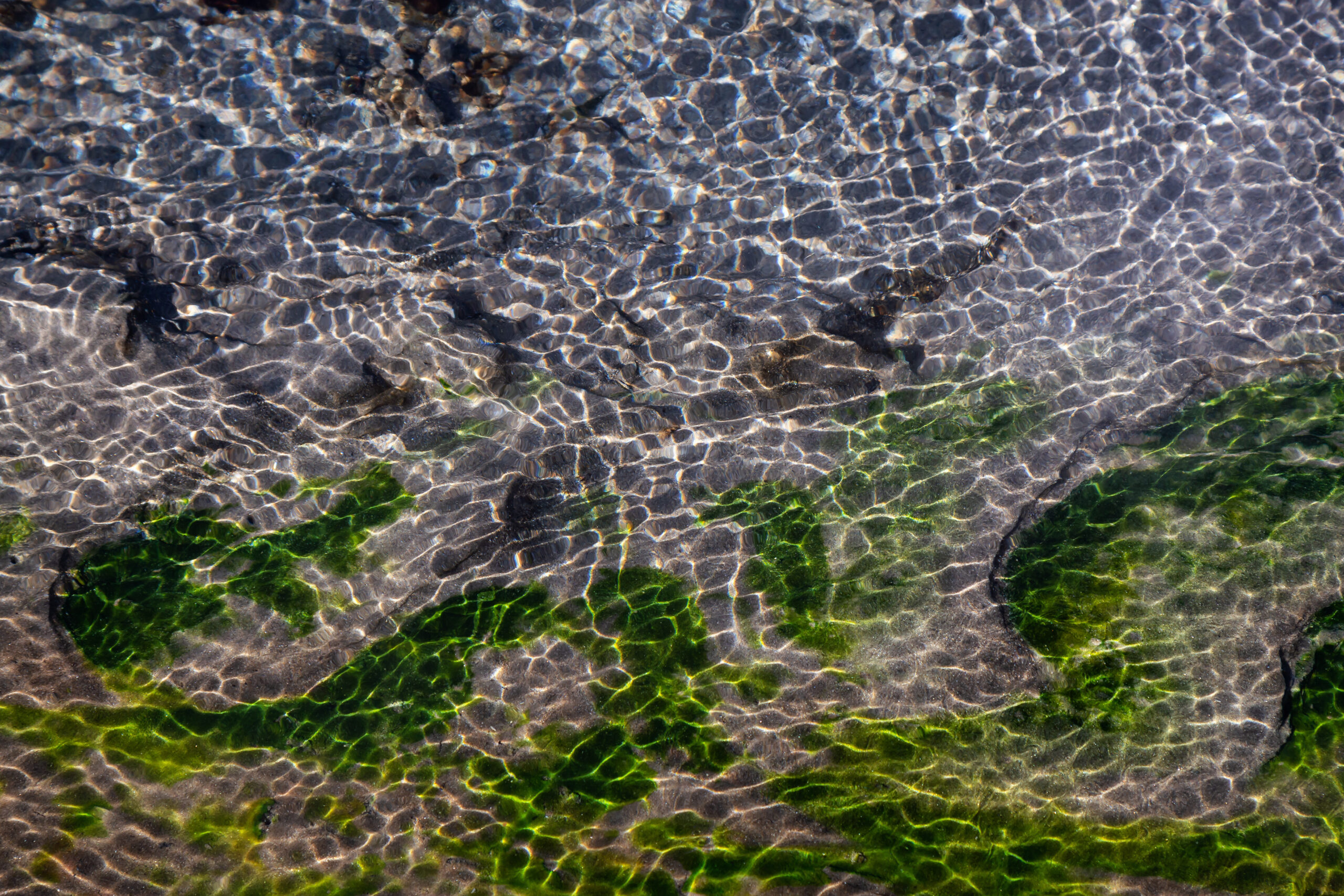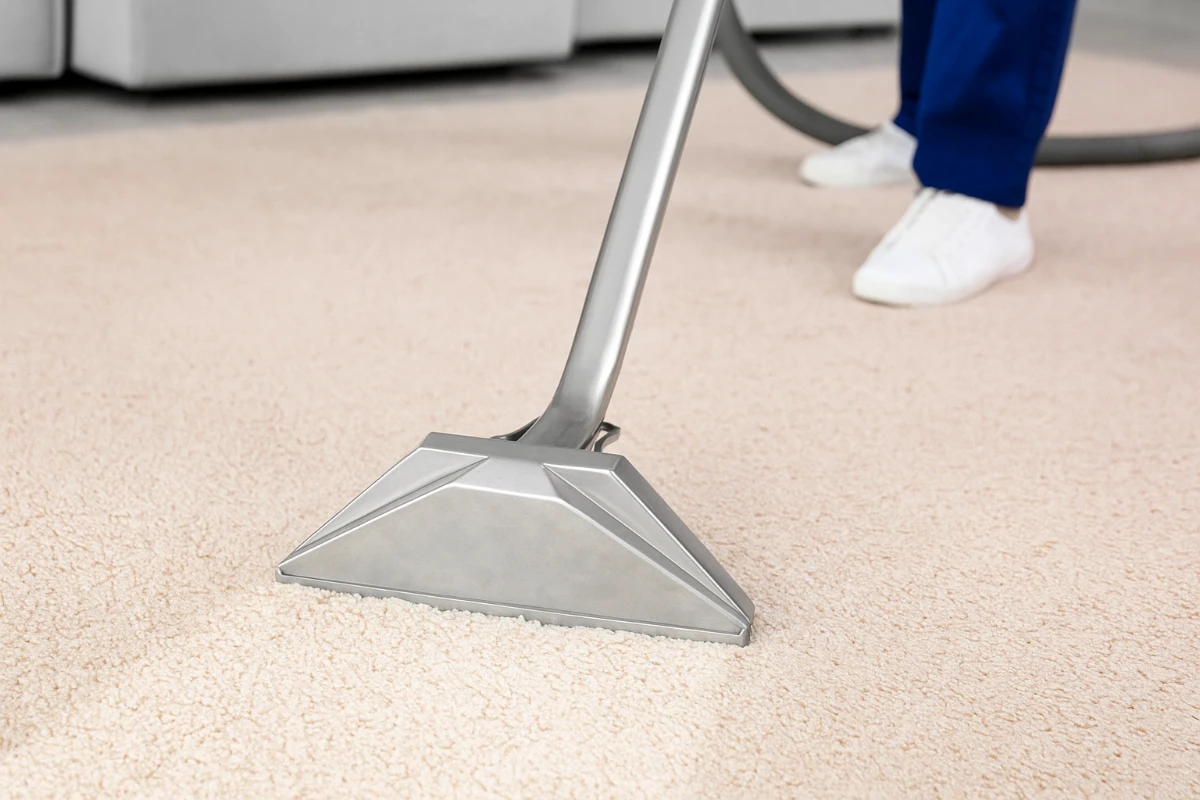Why Emergency Water Extraction Saves More Than Just Your Carpet

Water doesn’t wait for convenient timing. When it shows up uninvited—whether from a burst pipe, overflowing washing machine, or Fraser Valley’s infamous atmospheric rivers—you have exactly 48 hours before a manageable cleanup becomes a structural nightmare.
Most homeowners think water damage stops at soggy carpet. They’re wrong. Water is an invisible destroyer that travels through subflooring, creeps up wall cavities, and creates conditions for problems that won’t surface for weeks or months.
The Science of Destruction
Water follows gravity and physics, not your hopes that it’ll stay put. Within minutes, moisture begins penetrating carpet backing and padding. Within hours, it’s seeping into subfloors. Within 24 hours, it’s traveling through wall cavities you can’t see.
The real damage happens invisibly. Carpet padding acts like a sponge, holding moisture against subflooring. Wood subflooring starts swelling and warping. Concrete slabs develop moisture pockets that become mold breeding grounds.
Health Canada confirms that mold growth can begin within 24-48 hours in ideal conditions. Our Fraser Valley climate provides those ideal conditions year-round—high humidity, moderate temperatures, and plenty of organic materials for mold to feast on.
Temperature plays a role too. Heated homes create perfect incubation chambers. The warmer the environment, the faster mold spores multiply. That cozy living room becomes a biology experiment gone wrong.
The Hidden Journey of Water
Water damage follows predictable patterns that homeowners rarely consider. Spilled water on carpet travels horizontally through padding before hitting subflooring. Once it reaches subfloor edges, capillary action draws moisture up into wall framing.
Drywall acts like a wick, pulling moisture several feet above the visible water line. Behind that drywall, insulation becomes saturated. Wooden wall studs absorb moisture and begin swelling. Electrical outlets and baseboards create pathways for water to spread further.
The Insurance Bureau of Canada reports that water damage claims average $15,000 but can exceed $50,000 when structural elements are involved. The difference? How quickly professional extraction begins.
Basement water damage creates additional complications. Concrete foundations have microscopic pores that absorb moisture. Without proper extraction and dehumidification, this moisture becomes a permanent problem. Efflorescence, mold growth, and structural weakening follow predictably.
Fraser Valley’s Unique Challenges
Living in the Fraser Valley means dealing with humidity levels that complicate water damage recovery. Environment and Climate Change Canada data shows our region maintains 60-80% humidity for most of the year.
High ambient humidity slows natural drying processes significantly. What might dry in hours in Arizona takes days here. That extended moisture exposure transforms minor water incidents into major restoration projects.
Our clay-heavy soil also creates drainage issues that affect foundation moisture. Poor drainage around homes means water damage often combines with existing moisture problems, amplifying damage potential.
Atmospheric rivers, common in our region, dump massive amounts of moisture in short periods. When these weather events combine with indoor water damage, natural drying becomes nearly impossible without professional intervention.
The Real Cost of Waiting
Professional water extraction typically costs $800-2,000 for residential incidents. Structural repairs start around $5,000 and escalate quickly when flooring, subflooring, and wall systems need replacement.
Consider the escalation timeline. Day one: soggy carpet. Day three: swollen subflooring. Week two: mold growth begins. Month one: structural damage becomes visible. Month three: health impacts start affecting family members.
Each phase multiplies costs. Carpet replacement might run $3-5 per square foot. Subfloor replacement adds $8-12 per square foot. Wall reconstruction ranges from $15-25 per square foot. Full structural remediation can exceed $100 per square foot.
Insurance coverage complicates the equation. Most policies cover sudden water damage but exclude gradual damage from poor maintenance or delayed response. Waiting too long to begin extraction can void coverage entirely.
Health costs deserve consideration too. Mold exposure contributes to respiratory problems, especially in children and elderly family members. Medical expenses and lost productivity add hidden costs to delayed water extraction.
Professional Equipment Makes the Difference
Homeowners often attempt DIY extraction with shop vacuums and fans. These tools remove surface water but lack the power to address moisture that’s already penetrated deeper materials.
Professional extraction uses truck-mounted systems generating 500+ CFM (cubic feet per minute) of suction. This industrial-grade equipment pulls moisture from carpet, padding, and subflooring that residential equipment cannot reach.
Dehumidification equipment removes moisture from air and materials simultaneously. Professional dehumidifiers process 150+ pints per day, compared to 30-50 pints for residential units. This capacity difference determines whether hidden moisture becomes a long-term problem.
Moisture detection technology identifies hidden water that human senses cannot detect. Thermal imaging cameras reveal moisture patterns behind walls. Moisture meters quantify exact moisture levels in wood and concrete, ensuring complete extraction.
Air movers position strategically to create proper airflow patterns that accelerate drying. Random fan placement often creates humid pockets where mold thrives. Professional placement creates consistent air movement that prevents stagnant moisture zones.
The 48-Hour Window
The magic number comes from extensive restoration industry research. Mold spores exist everywhere but need moisture, nutrients, and time to establish colonies. Professional extraction within 48 hours removes the moisture component before colonies establish.
After 48 hours, extraction becomes remediation. Instead of preventing mold growth, professionals must kill existing growth and remove contaminated materials. Costs multiply exponentially as the scope expands from prevention to restoration.
Structural materials follow similar timelines. Wood subflooring begins cupping and warping within 24-72 hours, depending on moisture levels and temperature. Once deformation occurs, replacement becomes necessary regardless of successful drying.
Insurance adjusters understand these timelines and adjust settlements accordingly. Claims filed within 48 hours receive more favorable treatment than those filed days or weeks later. Documentation of prompt professional response protects coverage and claim amounts.

Taking Action
When water damage occurs, speed trumps cost considerations. Professional extraction might seem expensive in the moment, but delays multiply costs unpredictably.
Document everything immediately with photos and videos. Insurance companies require evidence of damage extent and response timing. This documentation protects your claim and provides evidence of responsible homeowner behavior.
Contact professionals before attempting DIY solutions. Well-intentioned mistakes often complicate professional restoration and increase overall costs. Moving furniture, removing carpet, or using inappropriate equipment can worsen damage.
Don’t assume small amounts of water create small problems. A few gallons of water can saturate hundreds of square feet of subflooring and wall cavities. Professional assessment determines actual damage extent, which rarely matches visual appearance.
The Bottom Line
Emergency water extraction isn’t about saving carpet—it’s about protecting your home’s structural integrity, your family’s health, and your financial stability. The 48-hour window represents your opportunity to control damage scope and costs.
Professional extraction costs represent insurance against catastrophic damage. Spending $1,500 on immediate extraction beats spending $15,000 on structural repairs six months later.
Fraser Valley’s climate makes professional response even more critical. Our high humidity extends drying times and accelerates mold growth beyond typical timelines. DIY approaches that work in dry climates fail spectacularly here.
Water damage is one home emergency where procrastination costs exponentially more than action. The 48-hour rule isn’t a suggestion—it’s the difference between minor inconvenience and major catastrophe.
Valley Fresh Carpet Cleaning provides 24/7 emergency water extraction throughout the Fraser Valley. Our truck-mounted equipment and rapid response protocols minimize damage and protect your investment. Learn more about our emergency extraction services and how we handle flooding carpet damage to prevent long-term problems.



